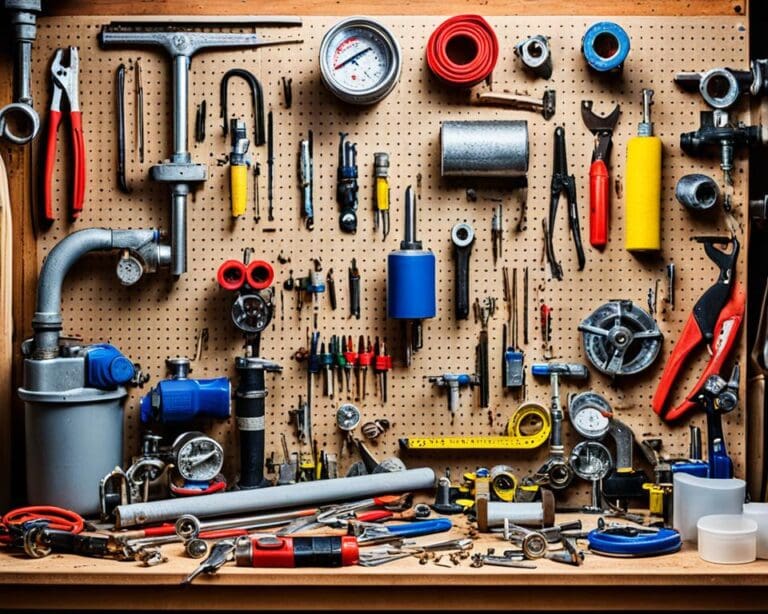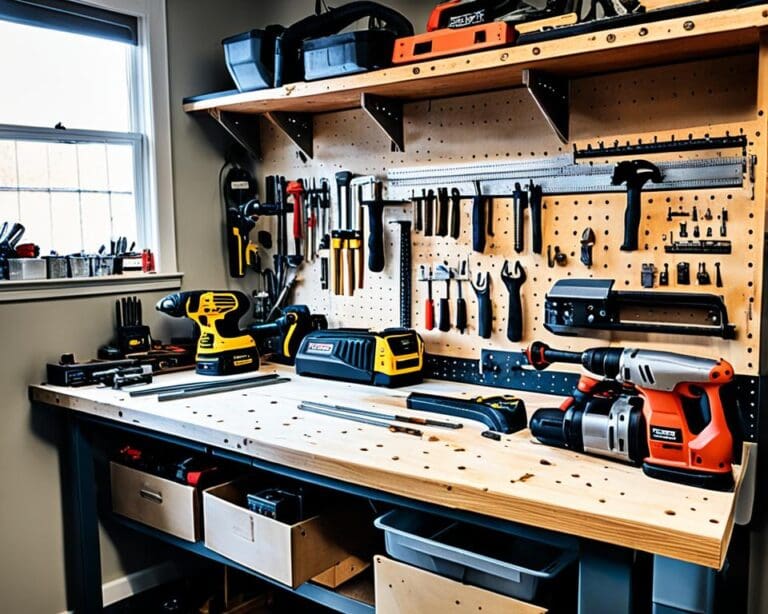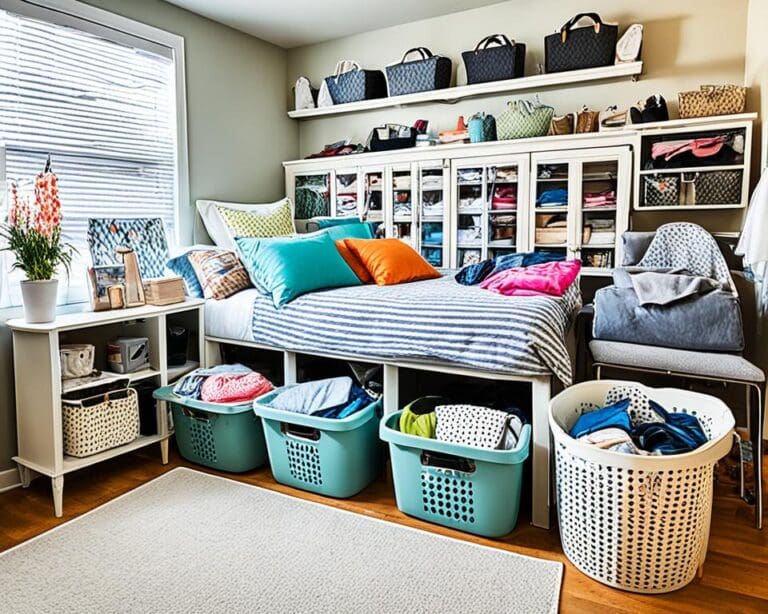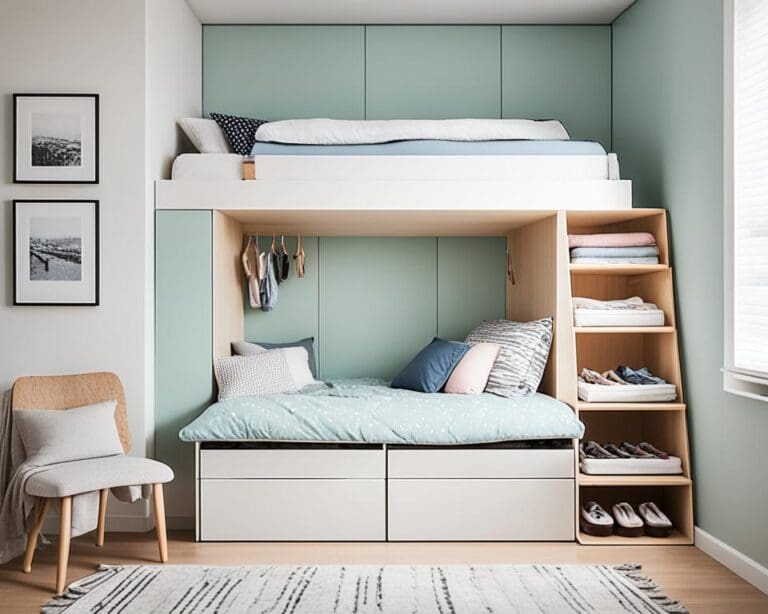Energy bills are going up, and so are concerns for the environment. This makes it crucial for people at home to learn how to save energy and cut costs. By adopting eco-friendly habits and conserving energy, you can see a big drop in how much you pay for utilities. In Great Britain, you can save up to £314 a year, and in Northern Ireland, even more, up to £493. Just turning off gadgets when not in use and fixing air leaks can save a lot of money.
It’s also smart to use energy-efficient appliances, adjust your water heater, and make your heating and cooling systems work better. By carefully planning, you can save on bills and help the earth too. Check out tips that help you live in a way that’s both cheaper and better for the environment.
Maximizing Energy Efficiency in Heating and Cooling
Energy efficiency is key to cutting costs and increasing comfort in homes. Managing heating and cooling well leads to less utility spending and better energy use. Here are top tips for better energy use.
Conduct a Home Energy Audit
Understanding a home’s energy use starts with a Home Energy Audit. This check finds where energy gets wasted, like leaky windows or poor HVAC systems. Many utility companies offer free audits. This helps homeowners see where changes can make a big difference in energy savings.
Seal Windows and Doors to Prevent Air Leaks
Sealing windows and doors is key for better heating and cooling. The U.S. Department of Energy says air leaks can cause almost 30% of heating costs. Using caulking and weather stripping can save about $166 a year in energy. A tightly sealed home keeps temperature steady, easing the load on HVAC systems.
Adjust the Thermostat Wisely
Smart thermostat adjustment can cut energy bills. Lowering it by 10 to 15 degrees at night could save 10% on heating. Smart thermostats adjust to when people are home or away. This can save roughly $100 a year and make homes more comfortable.
Routine Maintenance for HVAC Systems
Keeping HVAC systems in good shape is vital. Changing filters, yearly checks, and duct cleaning make systems run better and last longer. This care cuts energy use and can mean big savings.
Utilize Smart Thermostats for Better Control
Smart thermostats are a game-changer for energy savings. They adjust to your habits and heat or cool based on who is home. This smart tech can save homeowners around $180 annually. It makes homes more efficient and easier to manage.

How to Save Energy and Reduce Bills at Home
Making small changes at home can greatly lower your bills and help the planet. You can do things like getting energy-efficient appliances or changing your daily habits. These steps can make a big difference in your savings.
Adopt Energy-Saving Appliances
Using energy-efficient appliances is key to saving power. Opting for Energy Star-rated items can cut your energy bills by up to 30%, saving about $600 each year. For example, a new fridge can save over $110 yearly. A good dishwasher saves 5,000 gallons of water and reduces bills by $40. These green choices help both the environment and your wallet in the long run.
Shorten Shower Times and Adjust Water Heater Settings
Tweaking your daily habits can also save you money. Shortening your shower by a few minutes can save about $50 a year. Lowering your water heater’s temperature from 140 to 120 degrees can save up to $400 annually. These small adjustments make a big impact on saving energy.
Optimize Refrigerator and Freezer Temperatures
Keeping your fridge and freezer at the right temperatures boosts efficiency. Set your fridge to 37 degrees and your freezer to 0 degrees for the best results. This simple step is an easy way to save electricity and lower your bills over time.
Creating an Energy-Efficient Environment with Lighting and Power
Starting with the right lighting is key to making your home energy-efficient. LED bulbs are a great choice. They save households over $100 for each bulb’s life. Plus, they use up to 85% less energy than traditional bulbs. LEDs are better for the planet and cut your electricity costs.
Smart power strips are another way to save energy. They stop electronics from using power when off, saving about $100 a year. Dimming lights or using dimmer switches helps too. It makes your home greener, saving energy while keeping it well-lit.
Managing power correctly is important for energy efficiency. Programmable thermostats can cut energy use by up to 30%. Choosing ENERGY STAR appliances also helps. They use less energy than old ones. This helps the environment and lowers your bills.









